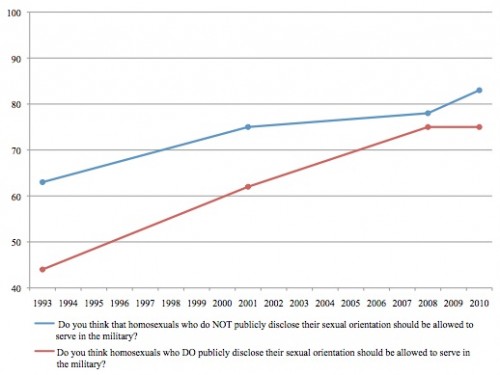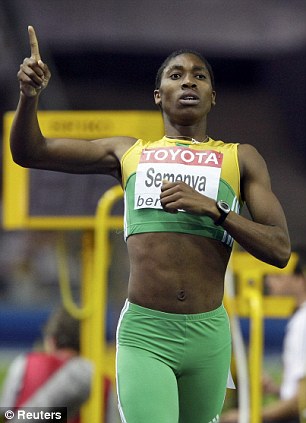While the last fifty years have been characterized by increasing freedoms for women, this has not been true for men to the same degree. Women have entered masculine arenas throughout society, from where they work to what they wear, but men have not been freed to pursue feminine interests. Men still face teasing, ridicule, stigma, or even violence for daring to do “girly” things. Being a dancer or an elementary school teacher comes with raised eyebrows, askew glances, and questions as to one’s sexual orientation; enjoying “chick flicks” or preferring Cosmos to Coronas likely attracts teasing; and wearing a dress or high heels is essentially tolerated only on Halloween.
So girly things are still a no man’s land.
Unless.
Unless a very high status man — a man whose masculinity is undeniable, a leader among men — explores that land and plants a man flag. If a man is so manly as to have begun to define manliness itself, then that man can change the very definition, thereby de-feminizing, and therefore de-stigmatizing an activity. What once would have been cause for ridicule suddenly becomes unremarkable, i.e., man-approved.
Marco Roso, of DIS Magazine, sent me an example of such a transformation: the alice band. Known to Americans as headbands,” an alice band is a loop or horseshoe-shaped hair accessory designed to push hair back away from the face. It is a distinctly feminine accessory. Or at least it was. European footballers have begun wearing them to keep their hair back while playing. While a man lower on the masculine social hierarchy may have been teased relentlessly for donning such a girl-associated item, these high-status, wildly-admired men seem to be changing the social construction of the alice band.
Lisa Wade, PhD is an Associate Professor at Tulane University. She is the author of American Hookup, a book about college sexual culture; a textbook about gender; and a forthcoming introductory text: Terrible Magnificent Sociology. You can follow her on Twitter and Instagram.









